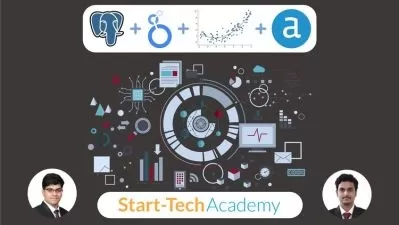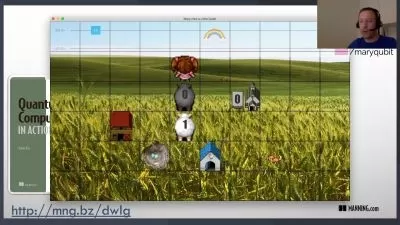Scala Asynchronous Programming
Vikash Sharma
1:28:00
Description
This course enables developers to write non-blocking and asynchronous code using Scala. You'll learn how to use Scala Futures for writing async code. It covers how actor model can be leveraged to write an asynchronous and message based application.
What You'll Learn?
A good software system should be performant, scalable, and efficient. Along with infrastructure, it depends a lot on the way it’s written. In the course, Scala Asynchronous Programming, you’ll learn how to achieve better performance and scalability by non-blocking and asynchronous code. First, you’ll discover why blocking is not the way to go, you’ll understand why it’s important to write asynchronous code. Then, you’ll explore one of the high level abstractions for writing async code i.e. Scala Futures. By the end of the course, you’ll learn to create Scala Futures and how to handle successful and failed future values.
Finally, you’ll learn about the actor model and how it can be used to write async message based systems. You’ll learn the basics of using Akka’s actor model, along with writing message protocols, async communication, supervision strategy. You’ll learn how a shared mutable state is handled in Actors. You’ll also get a basic understanding about routing, mailbox and dispatcher.
By the end of this course, you’ll have the knowledge to use Scala Futures or Actor Model for writing scalable and performant software systems.
More details
User Reviews
Rating
Vikash Sharma
Instructor's Courses
Pluralsight
View courses Pluralsight- language english
- Training sessions 25
- duration 1:28:00
- level advanced
- English subtitles has
- Release Date 2023/06/04















